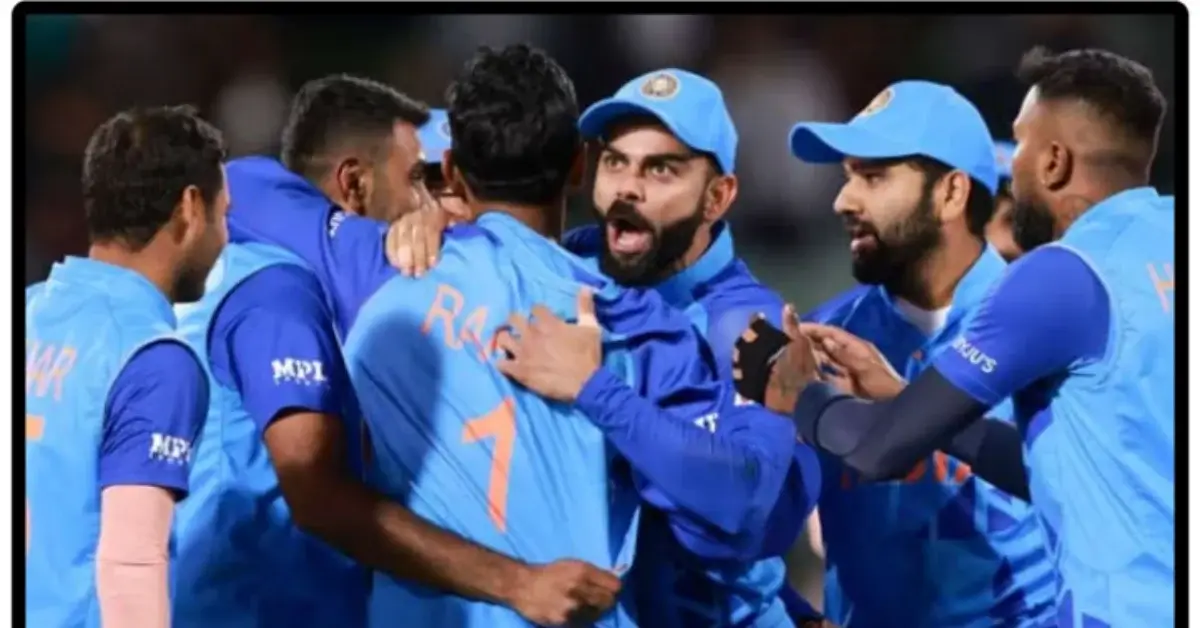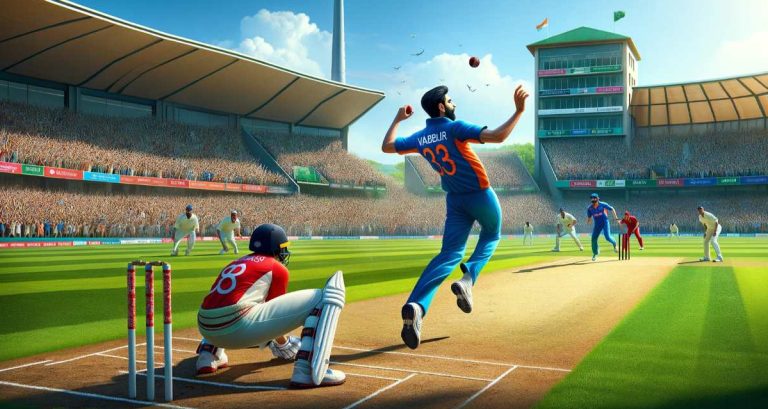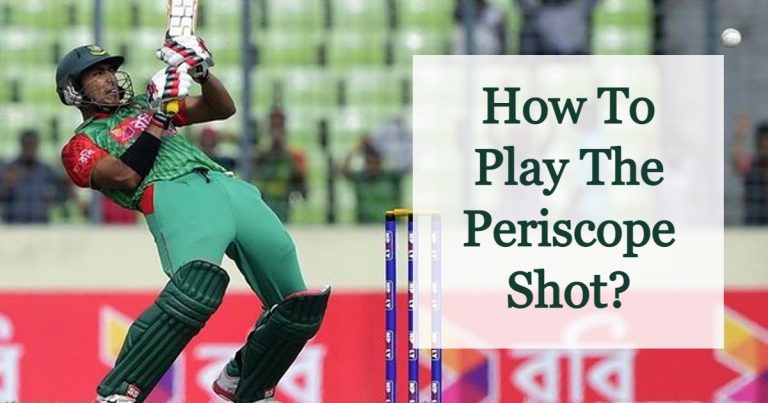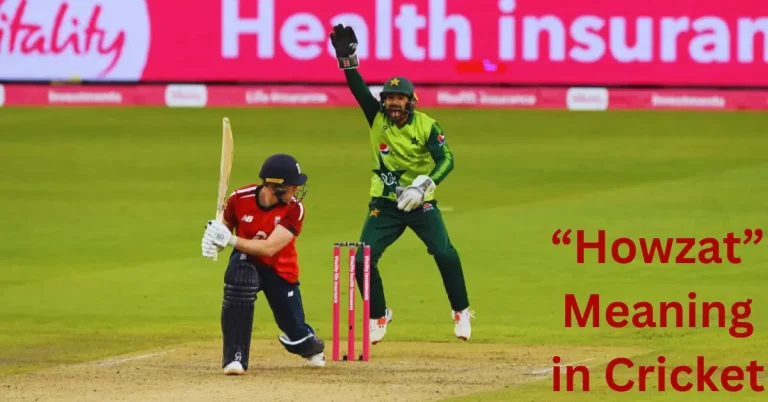Cricket Game Length: Test Matches, ODIs & T20s
Cricket Game Length holds the power to create unforgettable tales. Test matches, spread over five intense days, push players to their physical and mental capacities. Additionally, T20 matches offer fastest and exhilarating and heart-pounding thrills. It is short and besides it reaches their climax in just a few hours. Let’s discuss how Game Length impacts the sport’s charm and a team performance.
The Evolution of Cricket Game Length
Cricket, in its various formats, has been played for centuries. Traditionally, test matches, with each team playing two innings over five days, have epitomized the sport.
However, with changing times and audience preferences, shorter formats like One Day Internationals (ODIs) and Twenty20 (T20) cricket have gained immense popularity.
The differing durations of these formats provide a glimpse into the trade-offs that the sport must navigate.
Cricket Game Length: Test Matches
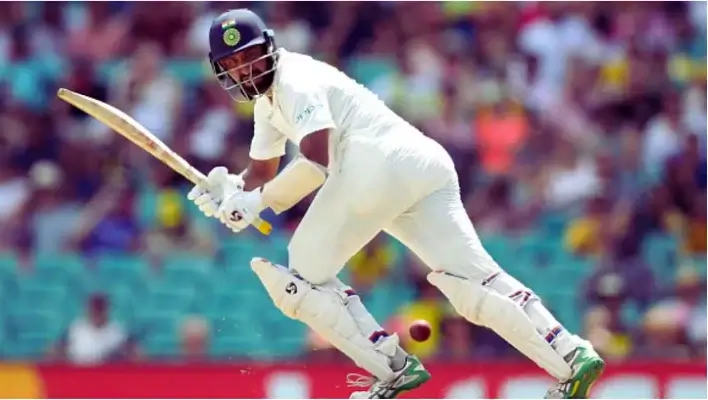
Test cricket, the longest and most traditional format, has matches that span five days. This format emphasizes endurance, patience, and the ability to strategize over a more extended period.
The slower pace of Test matches allows for comprehensive evaluation of players’ skills, making it the ultimate test of cricketing prowess. See also: Top 15 Greatest Test Matches
Cricket Game Length: One Day Internationals (ODIs)
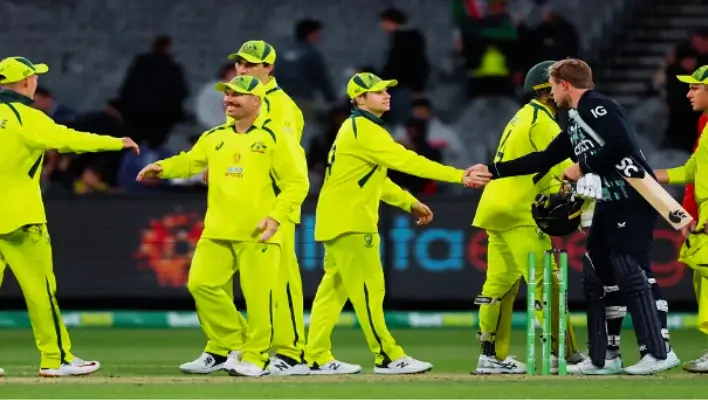
ODIs are a middle ground between Test cricket and T20s. Each team gets 50 overs to bat and bowl. ODIs provide a balance between skill and entertainment, offering a shorter, more viewer-friendly experience than Test cricket while still preserving the essence of the game. ODI between India and Pakistan draws huge number of viewers.
Cricket Game Length: Twenty20 (T20)

T20 cricket, with its matches completed in just a few hours, has revolutionized the sport. The emphasis is on quick runs, explosive hitting, and dynamic gameplay. T20 has brought in a broader audience and more revenue but is criticized for its potential to overshadow the traditional forms of the game.
How Long Does A Local Cricket Match Last?
The duration of a local cricket match depends on the format and level of competition. In general, T20 matches last a few hours, providing a fast-paced experience. One-day matches extend over a single day, while multi-day formats can span several days. The specific rules of the competition dictate the length of the match.
Team Performance in Different Formats
The length of cricket game matches significantly influences team performance and player strategies. Each format demands different skill sets and approaches, which impacts teams’ win-loss records.
Test Matches
Test cricket places a premium on player endurance, technique, and patience. Teams need to strategize for both short-term sessions and the long haul of five days. The performance in Test matches is marked by attrition, adaptability, and the ability to outlast the opposition. Win percentages in Test cricket may be more evenly distributed among teams. Test Cricket is the soul of Cricket and that’s why test cricket is still played
One Day Internationals (ODIs)
In ODIs, adaptability and calculated aggression are key. Teams often play more aggressively to maximize the limited 50-over format. A balance between batting, bowling, and fielding is crucial. The win-loss records in ODIs can vary significantly, with some teams excelling in this format and others struggling.
Twenty20 (T20) Cricket
T20 cricket is the most unpredictable and dynamic of all formats. It rewards aggressive play and innovation, with a premium on explosive batting and variety in bowling. Win percentages in T20s may show greater disparities, as certain teams have embraced this format more successfully than others. But the fact remains that T20 format is one of the most popular formats in Cricket. The reason for its’ popularity accounts for its’ short duration.
Challenges and Trade-offs
The evolving landscape of cricket formats presents several challenges and trade-offs that the sport’s stakeholders must navigate.
Tradition vs. Innovation

Balancing the rich tradition of cricket, particularly in Test matches, with the need for innovation and shorter formats is an ongoing challenge. While Test cricket has a dedicated following, it can struggle to engage new fans due to its extended duration.
Quality vs. Quantity
The length of Cricket Game affects the quantity of matches that can be scheduled. Test matches are fewer in number due to their five-day duration, while T20s allow for more matches in a season. This trade-off impacts player workloads, team strategies, and revenue generation.
Inclusivity vs. Elite Competition
The longer formats have been criticized for favoring established cricketing nations, as they require substantial resources and infrastructure. In contrast, T20s offer a more level playing field, enabling emerging cricketing nations to compete.
Viewer Engagement vs. Player Welfare
Shorter game length formats like T20s are designed to engage viewers with action-packed games. However, this fast-paced nature can put immense physical and mental strain on players, raising concerns about their welfare.
Impact on Cricket’s Future
The length of cricket game has a profound impact on the sport’s future. Striking the right balance is essential to maintain its global appeal, financial sustainability, and competitiveness.
Attracting New Audiences

Shorter game formats like T20s have played a pivotal role in attracting new audiences, including younger fans who may not have the patience for longer matches. These formats provide an entry point into the world of cricket.
Commercial Viability
The revenue generated from cricket, through broadcasting rights, sponsorships, and ticket sales, is crucial for its growth and development. Shorter formats, which offer more matches in a shorter time frame, can be more commercially viable. Due to the commercialization, the Game of Cricket is losing its essence. But it’s important for the game to keep its’ essence demands a balance between tradition and commerciality.
Player Development
The different formats provide a well-rounded platform for player development. Test cricket nurtures resilience and technical skills, while shorter formats hone adaptability and innovation. A balanced mix of formats is essential for producing well-rounded cricketers. Desire to earn more is turning the game of Cricket into Billions of Dollar industry. This commercialization in cricket is harming the essence of Cricket. There should be a balance between the tradition and commerciality.
Preserving Traditions
Preserving the traditions and values associated with Test cricket is vital for the sport’s legacy. It provides a unique platform to showcase skills developed over generations.
FAQs
Test matches remain relevant as they serve as the ultimate test of a cricketer’s skills and character. While they may not attract the same audience as shorter formats, they are a cornerstone of the sport.
Yes, Test cricket can coexist with shorter formats. Many cricketing nations schedule a mix of formats to cater to different audiences and player requirements.
T20 cricket is the most financially lucrative format for cricket boards due to its high entertainment value and commercial appeal.
Yes, the length of matches significantly impacts player fitness and performance. Longer formats require greater endurance, while shorter formats demand quick decision-making and agility.
It will last for almost eight hours. However, this duration depends on the playing teams. If any team is bowled out earlier then the duration of the match can be shorter than 8 hours.
Yes, the longest test match ever played lasted for 12 days. It was played between England and South Africa at Durban, from March 03-14, 1939.

